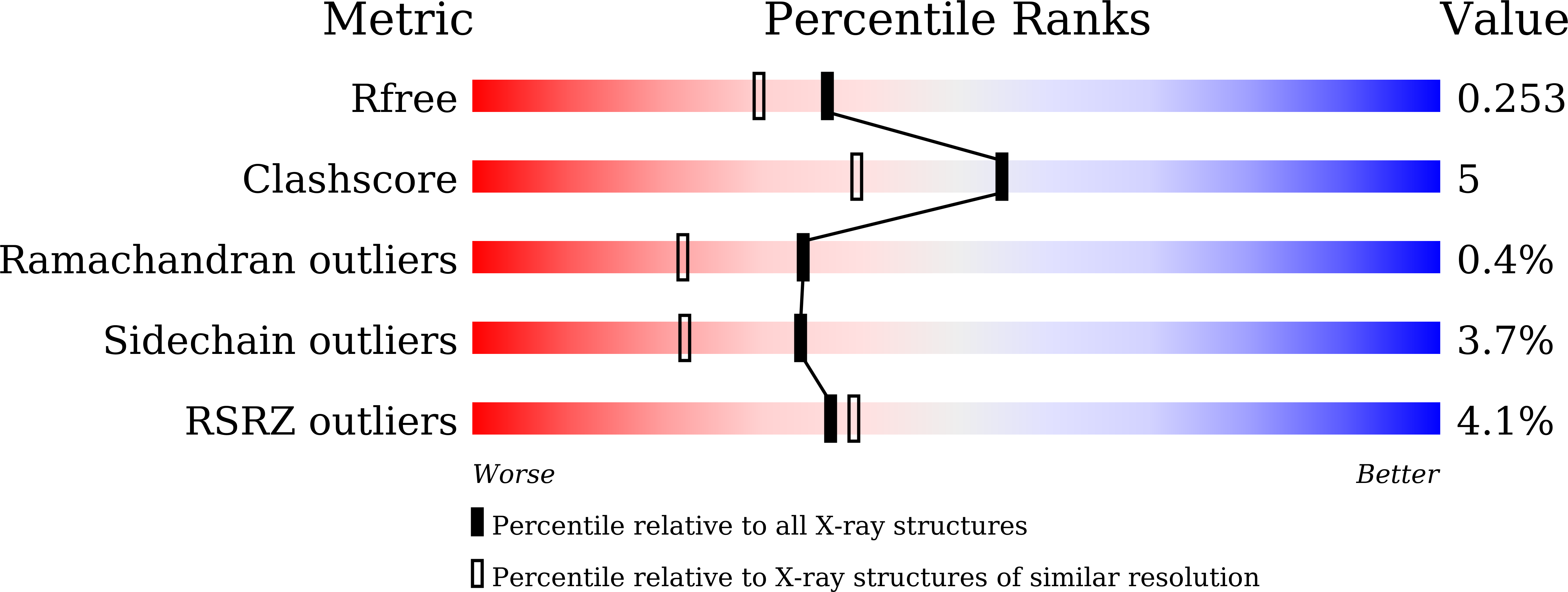
Deposition Date
2021-10-07
Release Date
2022-10-12
Last Version Date
2024-10-16
Entry Detail
PDB ID:
7VM5
Keywords:
Title:
Crystal structure of uPA in complex with 4-guanidinobenzoic acid
Biological Source:
Source Organism:
Homo sapiens (Taxon ID: 9606)
Host Organism:
Method Details:
Experimental Method:
Resolution:
1.97 Å
R-Value Free:
0.24
R-Value Work:
0.19
R-Value Observed:
0.19
Space Group:
H 3


